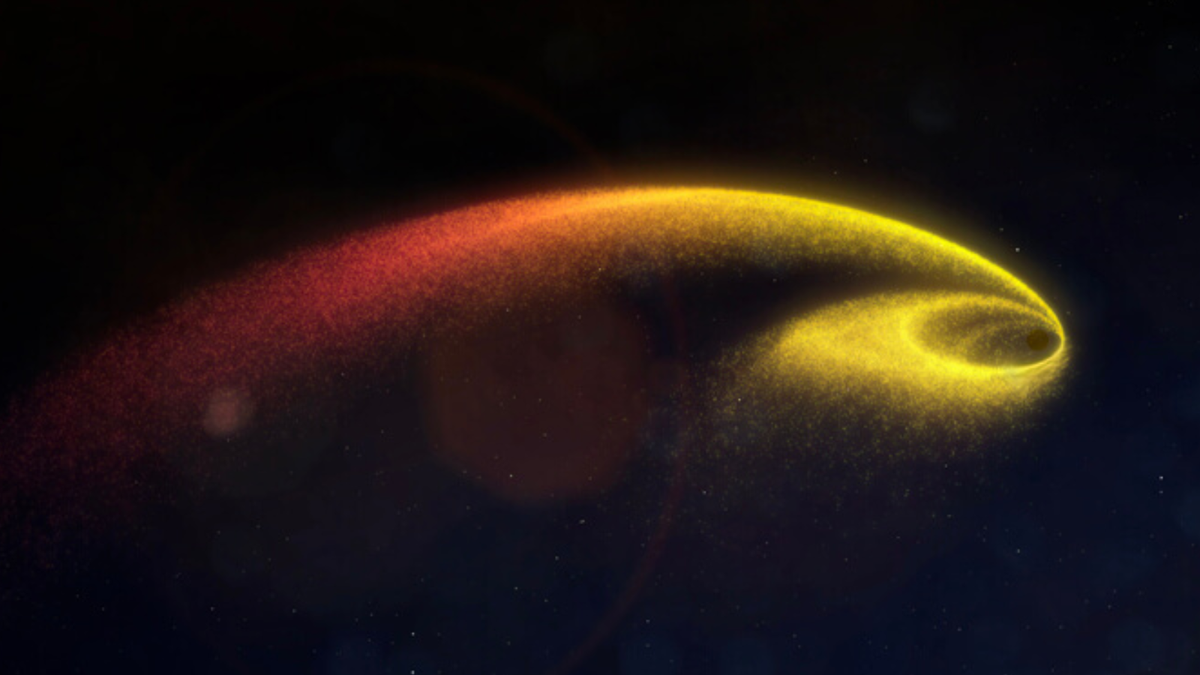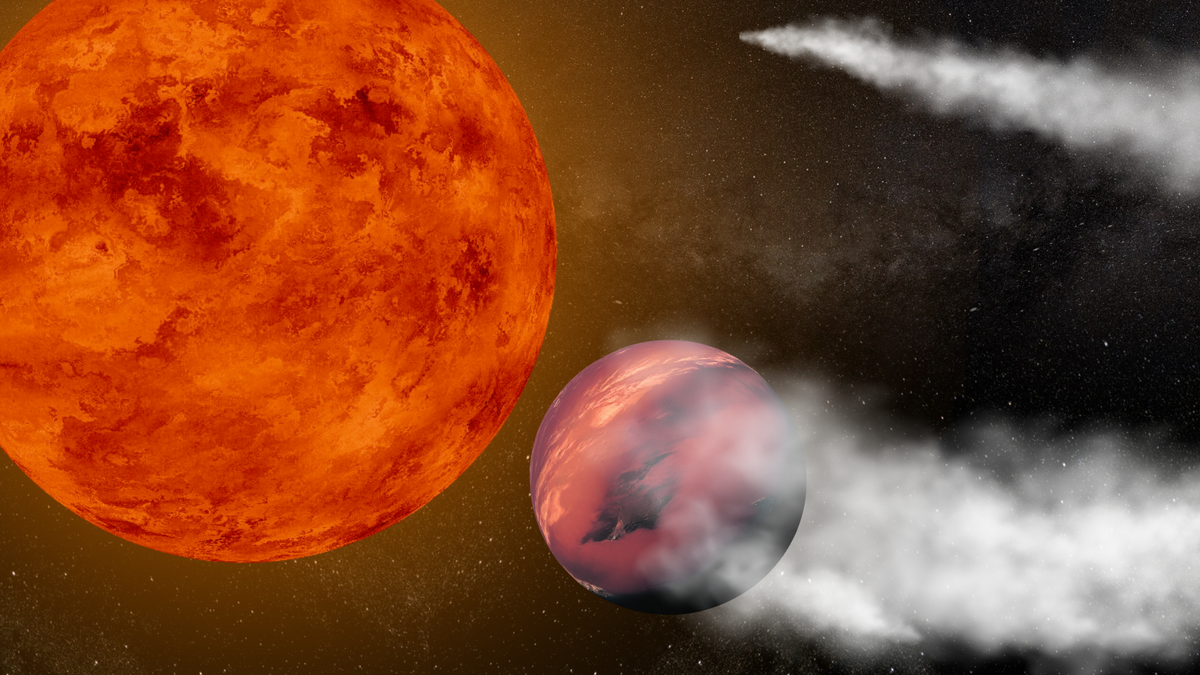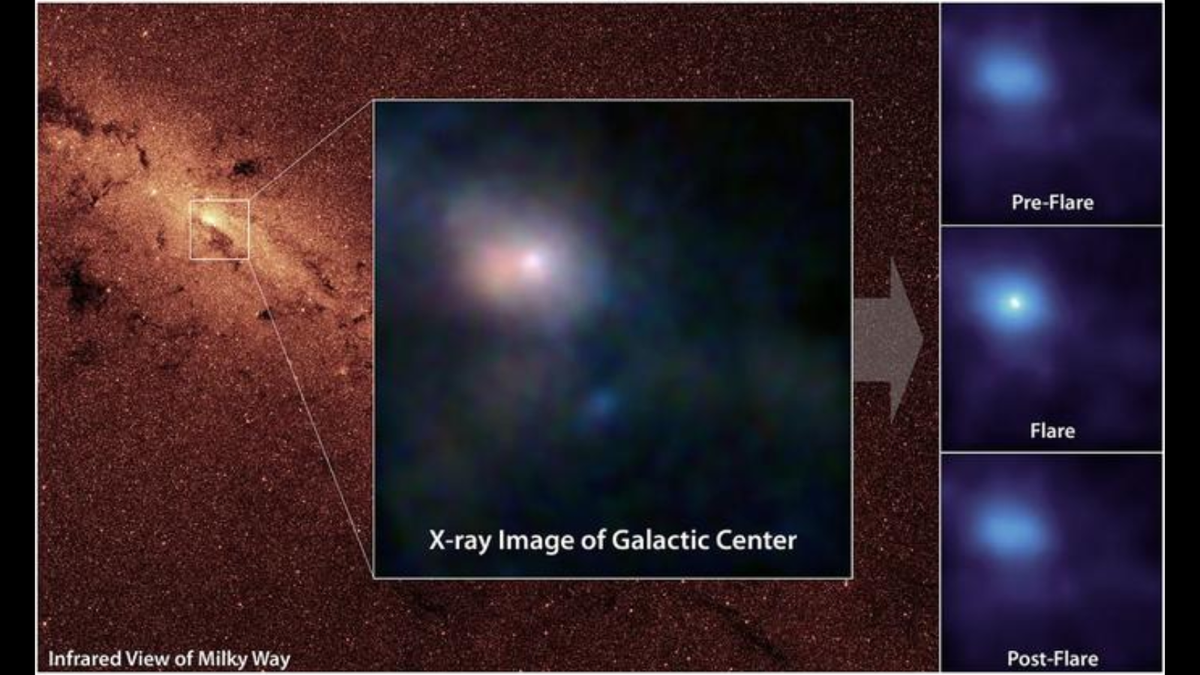Astronomical Discovery:
Astronomers have recently observed a remarkable event in space, a supermassive black hole tearing apart and consuming a star in a galaxy located 160 million light-years away from Earth. This dramatic incident took place in the active star formation galaxy NGC 3799 within the Leo constellation. The destructive force behind this cataclysmic event is a black hole with a mass equivalent to about one million suns. This particular instance of stellar demise was identified as a tidal disruption event (TDE) by researchers from the University of Hawaii Institute for Astronomy.
The discovery of this cosmic violence was made possible through the detection of a sudden brightening and subsequent fading of the barred spiral galaxy where the event occurred. The All-Sky Automated Survey for SuperNovae (ASAS-SN) system provided the means for researchers to capture this rare occurrence on February 22, 2023. The significance of this discovery lies in the proximity of the event to Earth, allowing scientists a unique opportunity to study the process up close and in visible light.
Understanding Tidal Disruption Events:
Tidal disruption events (TDEs) occur when stars wander too close to supermassive black holes, which are commonly found at the centers of large galaxies. These black holes possess masses equivalent to millions, or even billions, of suns and exert immense gravitational forces. As a result, the doomed stars experience powerful tidal forces that elongate and compress them, transforming them into elongated structures resembling noodles. This spaghettification process culminates in the stars being devoured by the supermassive black holes, emitting intense bursts of light visible from Earth.
While TDEs are known to occur, witnessing such events in close proximity to Earth is infrequent, making the TDE in NGC 3799 a valuable subject for further investigation. The event, known as ASASSN-23bd, presents researchers with a rare opportunity to glean insights into the mechanisms through which supermassive black holes accrete matter and grow over time.
Research and Observations:
Following the initial detection of the TDE in NGC 3799, the research team conducted additional observations utilizing ground- and space-based observatories, including the IfA’s Asteroid Terrestrial Last Alert System (ATLAS) telescopes in Hawaii and the W.M. Keck Observatory on Maunakea. The data gathered revealed unique characteristics of ASASSN-23bd that set it apart from other TDEs.
This particular event exhibited a rapid brightening and subsequent dimming within a short span of 15 days, making it twice as fast as typical TDEs. Furthermore, ASASSN-23bd emitted lower levels of energy compared to other events of its kind, categorizing it as a “low luminosity and fast TDE.” These findings, detailing the exceptional nature of ASASSN-23bd, are scheduled for publication in the Monthly Notices of the Royal Astronomical Society.
Image/Photo credit: source url





